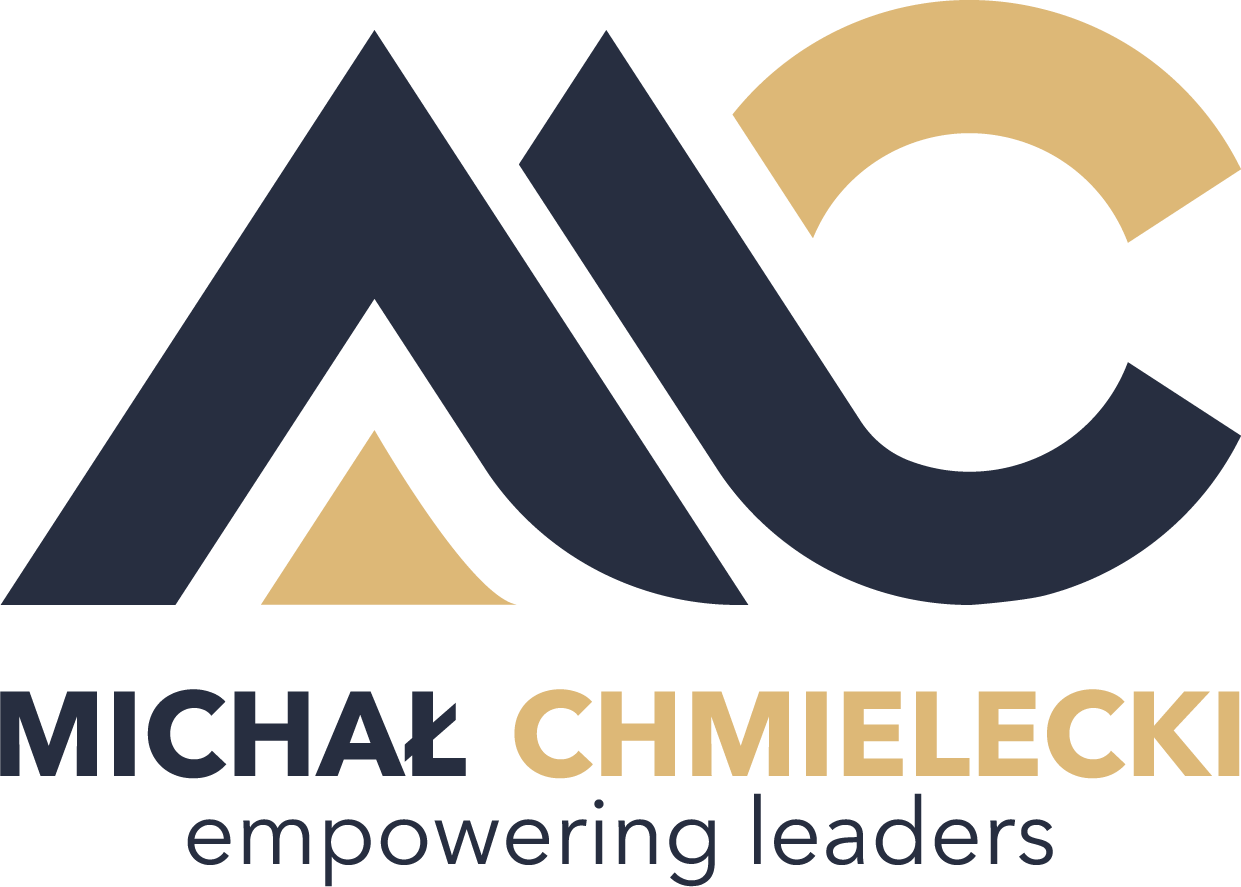ROI of Workshops and Training – Turning Learning into Measurable Business Impact
Introduction
Organizations invest millions every year in employee workshops and training programs, expecting visible performance improvements.
Yet, many HR and L&D leaders struggle to demonstrate the real return on investment (ROI) from these initiatives.
The truth is simple: learning has business value only when knowledge is applied.
Understanding how to measure and enhance the ROI of workshops is crucial for every organization that wants to turn learning into a genuine strategic advantage.
What Is ROI in the Context of Training and Workshops?
ROI (Return on Investment) measures how effectively a company’s investment in learning translates into tangible business results.
In formula terms:
ROI = (Training Benefits – Training Costs) / Training Costs × 100%
However, true learning ROI goes beyond numbers—it includes improved performance, stronger engagement, better decision-making, and adaptability.
A well-designed learning process, from pre-workshop preparation to post-workshop follow-up, determines whether those results are achieved.
Why Measuring ROI Matters
Aligns Learning with Business Goals – When workshops are designed with clear outcomes, they become a strategic investment, not a cost.
Improves Decision-Making in L&D – ROI data helps allocate budgets effectively and identify which programs deliver impact.
Builds Credibility of the L&D Function – Demonstrating ROI proves that learning drives measurable results like productivity and innovation.
Encourages Continuous Improvement – ROI tracking allows L&D teams to refine programs based on evidence, not guesswork.
Key Stages in Achieving Positive ROI from Workshops
1. Define Clear Learning and Business Objectives
Start with measurable goals: What behaviors, skills, or outcomes should change after the workshop?
For example, a negotiation workshop should lead to better contract terms or higher margins, not just participant satisfaction.
2. Design Learning That Reflects Real Work Challenges
Workshops should mirror real business situations.
Hands-on, scenario-based sessions—like those used in professional negotiation workshops—help participants translate insights into immediate performance improvements.
3. Engage Managers Before and After the Workshop
Managers act as ROI multipliers.
Their involvement ensures that participants apply new skills, receive feedback, and link learning outcomes to measurable KPIs.
4. Provide Structured Follow-Up
ROI depends heavily on what happens after the workshop.
Follow-up activities such as coaching, implementation projects, and peer learning reinforce learning and sustain behavior change.
5. Measure Results at Multiple Levels
Use frameworks like the Kirkpatrick Model or Phillips ROI Methodology to measure:
Level 1: Participant satisfaction
Level 2: Knowledge and skills gained
Level 3: Behavioral changes on the job
Level 4: Business impact (KPIs, efficiency, revenue)
Level 5: ROI in financial terms
This layered approach ensures a full picture of learning effectiveness.
Common Challenges in Measuring ROI
Lack of baseline data before the workshop
Difficulty linking learning outcomes to financial metrics
Limited managerial follow-through
Focus on short-term satisfaction instead of long-term behavior change
Overcoming these requires a strategic learning mindset, where every workshop is part of a measurable, ongoing development process.
Best Practices to Maximize ROI
Link every workshop to a specific business goal or KPI
Ensure active manager participation throughout the learning journey
Use blended learning to combine workshops with digital reinforcement
Implement a structured follow-up plan
Share success stories and impact data with leadership to build support
Conclusion
Calculating the ROI of workshops and training is no longer optional—it’s essential for proving their strategic value.
When learning is embedded in daily work and supported by leaders, workshops become drivers of performance and innovation.
Organizations that plan, track, and reinforce learning effectively see not only higher ROI but also stronger engagement, creativity, and agility.
